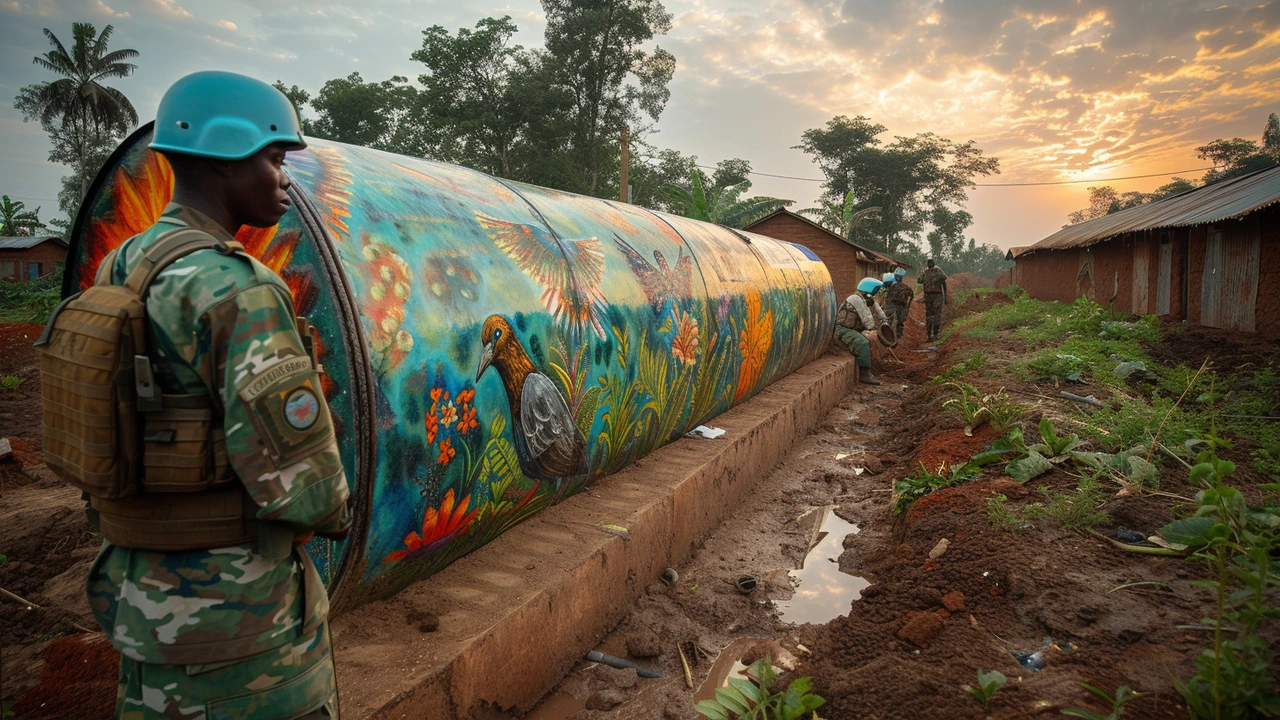What makes peace stick after a ceasefire? Too often a deal ends fighting but not the causes that fed it: weak institutions, exclusion, and broken local trust. This tag gathers clear, practical reporting and analysis on how peacekeeping and peacebuilding can move beyond short-term calm to lasting stability.
Sustainable peace is more than no shooting. It means people trust local institutions, basic services work, and former combatants find a place in society. That requires a mix of security, justice, economy, and community repair. Think of it as four connected tasks: improving safety, rebuilding local governance, restoring livelihoods, and addressing grievances through fair justice or reconciliation. Each task needs different actors — local leaders, international peacekeepers, NGOs, and donors — working together, not alone.
Local ownership is vital. International missions can provide security and expertise, but when communities lead recovery plans, solutions match the real needs. For example, a village committee that helps set patrol routes and manage rebuilding projects reduces tensions and builds trust faster than external orders from far away.
Peacekeepers can do more than hold separation lines. Modern operations increasingly focus on protecting civilians, training local police, and supporting elections or transitional justice. Practical steps that help sustain peace include: targeted protection of vulnerable groups, mentoring local security forces so they respect rights, and coordinating with aid agencies to restore schools and health clinics. Those visible improvements change daily life and reduce the chance of a return to conflict.
Technology and data are useful but not magic. Mapping risks, tracking human rights incidents, and sharing real-time information help decision-makers act faster. Still, tech must support people on the ground — translators, mediators, and repair teams — not replace them.
Money matters, but so does timing. Donors must fund longer timelines: rebuilding a justice system or reforming a national army takes years, not months. Quick cash for emergency relief saves lives. Sustainable funding for rule-of-law programs prevents relapse.
Finally, include women and youth in every step. Programs that deliberately build women’s roles in mediation or create jobs for young people reduce resentment and create new social bonds. Small, concrete projects — community markets, joint patrol training, or local dispute desks — often deliver more trust than big symbolic ceremonies.
Browse the articles under this tag to read case studies, mission reports, and practical guides from peacekeepers and field workers. Each piece shows how real teams on the ground try to turn fragile calm into durable peace, and what still needs to change.

As a passionate advocate for peace, I'm here today to shed light on peacekeeping as a pathway to building sustainable peace. Through this intriguing topic, we'll explore how peacekeeping efforts aid in conflict resolution and foster long-lasting harmony in troubled regions. Furthermore, we'll delve into the techniques and strategies used in peacekeeping and their impact on sustainability. I believe that understanding these dynamics of peace propagation can help us contribute to creating a peaceful world. So, let's take this enlightening journey together.
